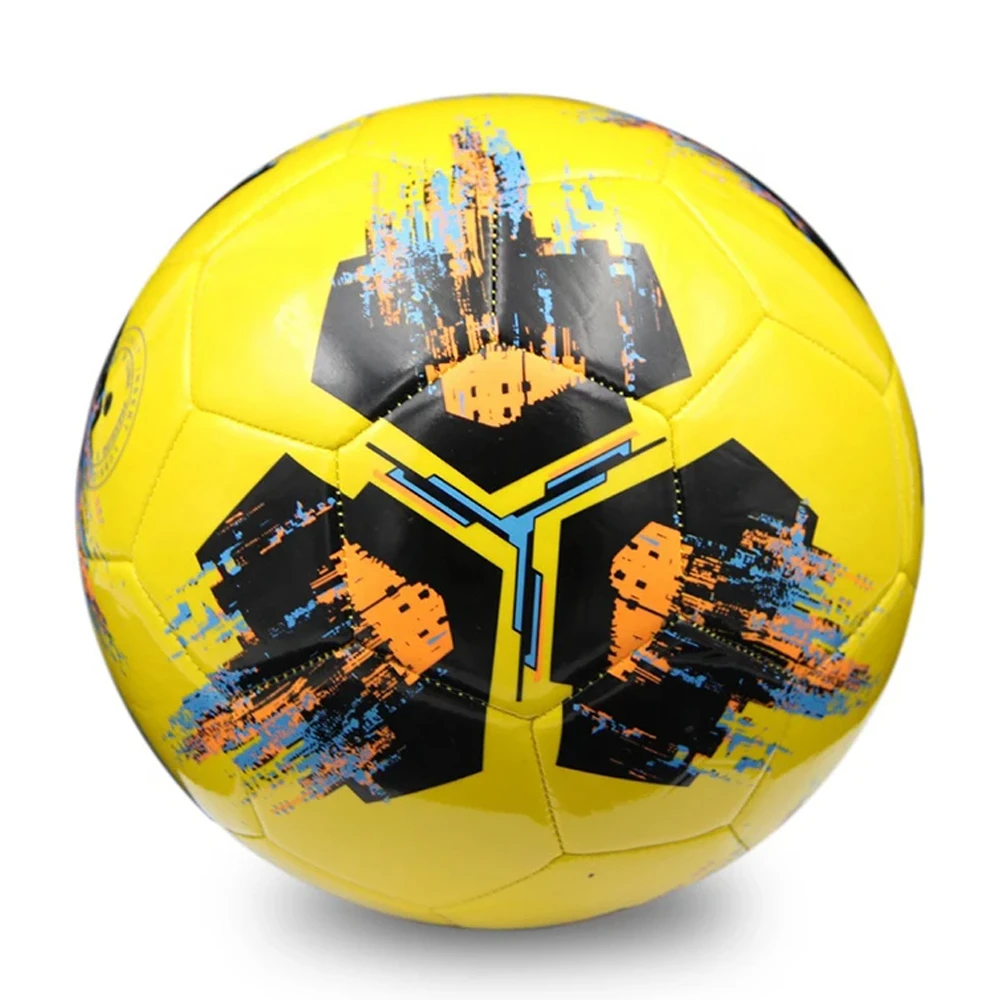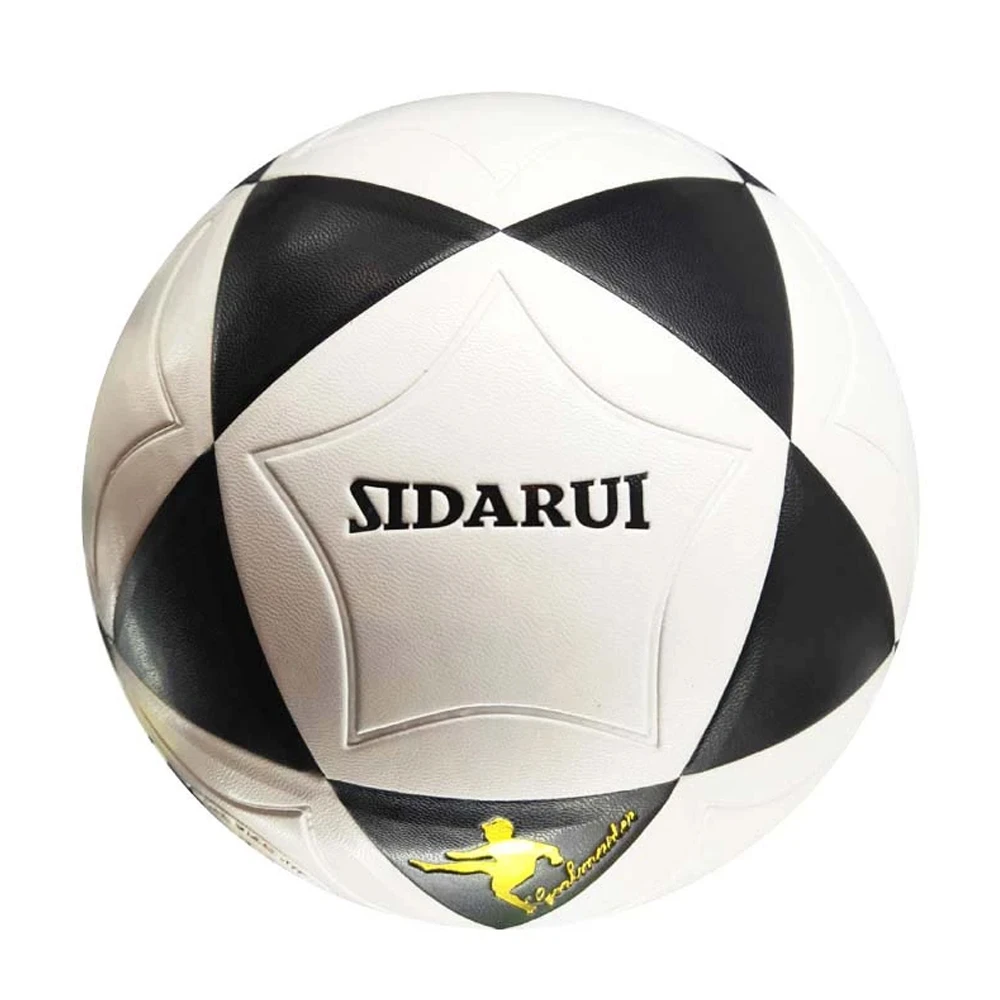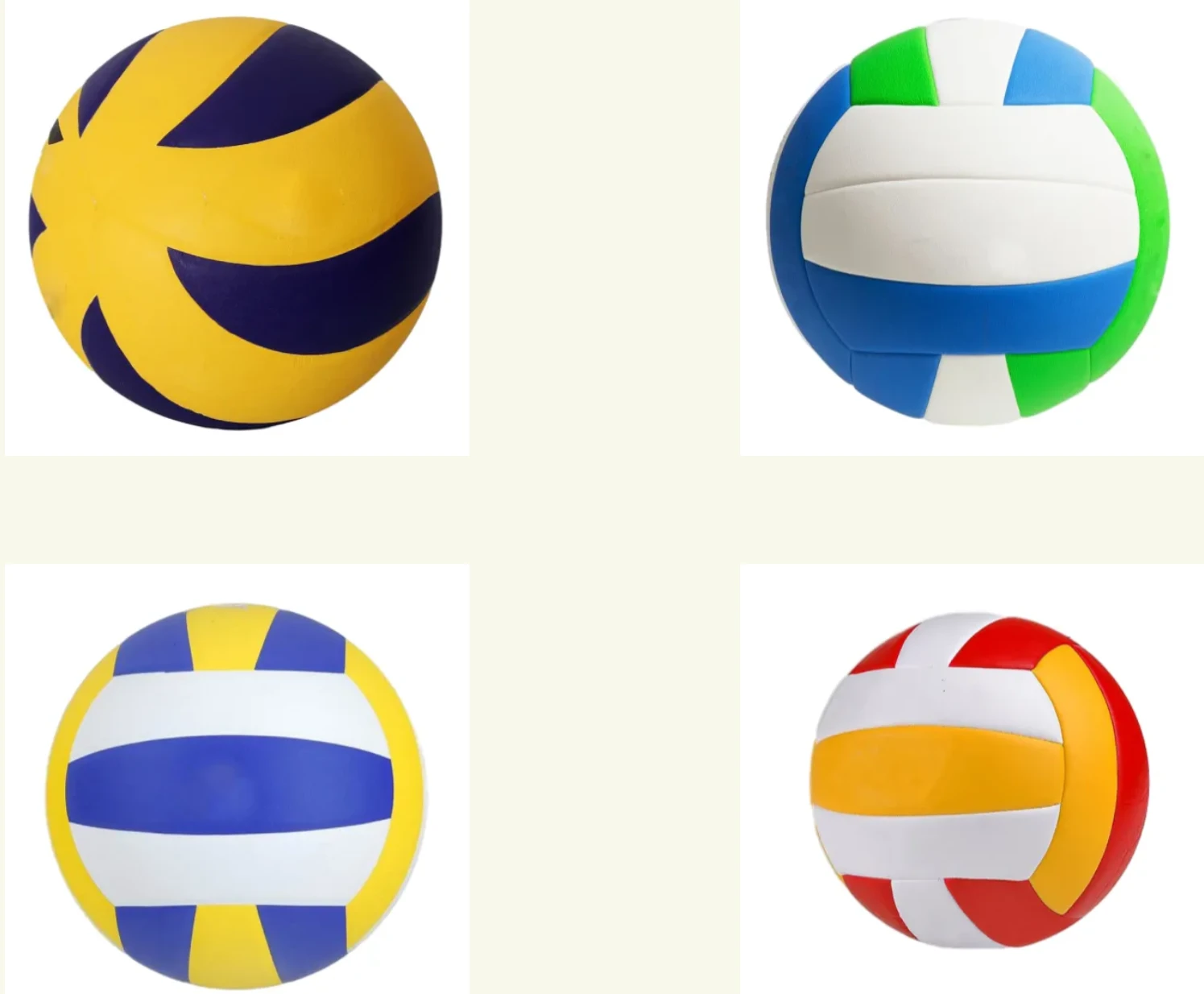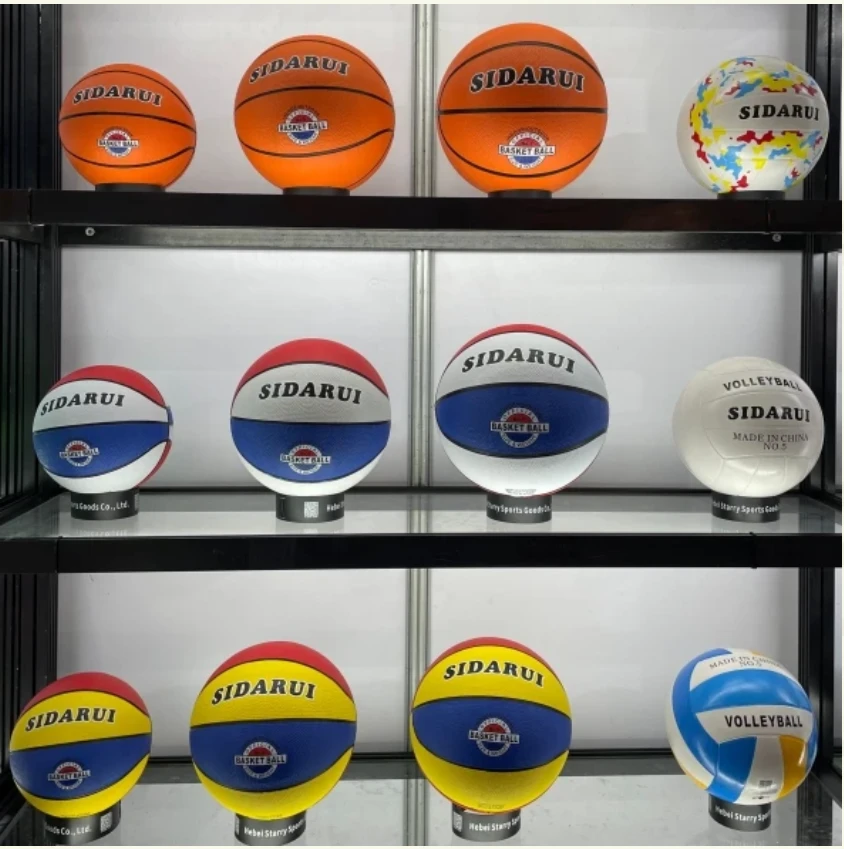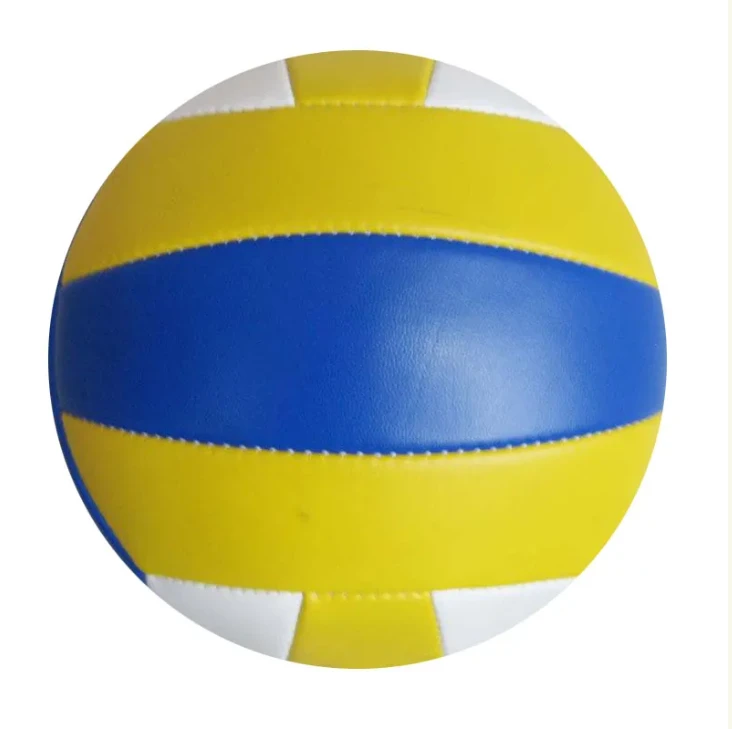Jun . 01, 2025 08:46
Selecting the proper basketball significantly impacts gameplay quality and injury prevention. This guide examines critical factors for adult players:
- Essential considerations when choosing adult basketball sizes
- Technical specifications and performance differences across sizes
- Material innovations enhancing grip and durability
- Comparative analysis of leading manufacturer offerings
- Customization options for leagues and training programs
- Application scenarios by player position and environment
- Implementation strategies for optimal size selection
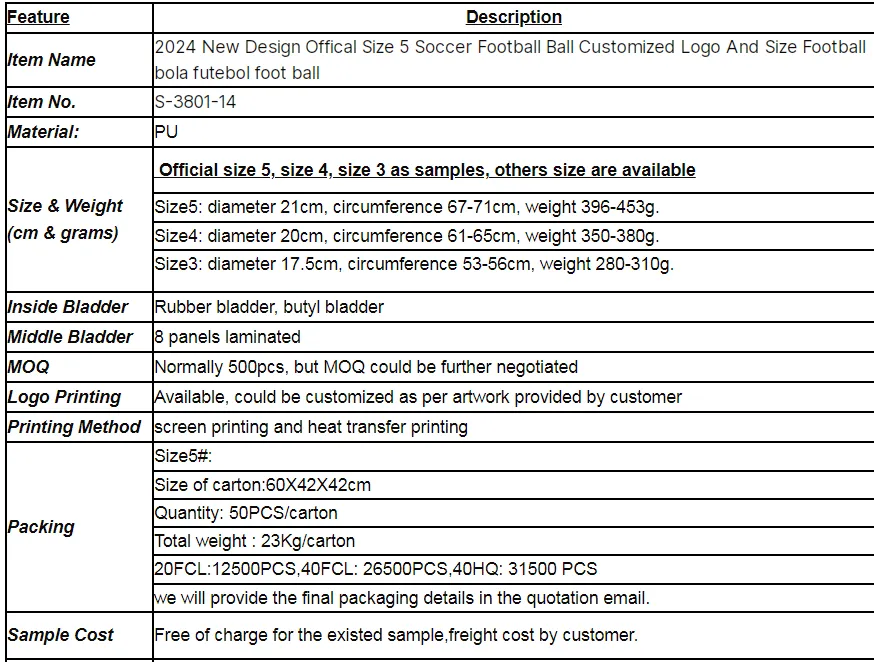
(basketball sizes for adults)
Understanding Basketball Sizes for Adults: The Starting Point
Standardization governs basketball dimensions globally, with Size 7 (29.5" circumference) mandated for professional men's competitions. Statistical insight from FIBA reveals 92% of adult male players use this size, which optimizes shooting mechanics and control for larger hands averaging 7.4-8.9 inches. Size 6 (28.5") serves women's professional leagues and fits adult hand spans between 6.7-7.4 inches, while Size 5 (27.5") accommodates specialized training needs. Weight variances prove equally critical - an NFHS study demonstrated that balls exceeding 22oz (standard weight: 20-22oz) increase shooting inaccuracy by 18% during late-game scenarios. Environmental adaptability separates premium offerings: Indoor-specific leather balls maintain 94% grip efficiency versus 68% for rubber composites outdoors.
Size Specification Breakdown Across Categories
Performance characteristics diverge significantly across basketball categories beyond circumference measurements. The inflation pressure window (7.5-8.5 PSI) determines bounce height consistency, with NBA-regulated balls maintaining rebound heights within 1-inch tolerance during drop tests. Microfiber composite surfaces provide hybrid solutions, delivering 89% of genuine leather's indoor control while sustaining outdoor surface abrasion 3x longer than standard rubber. Below-ground bladder systems adopted by Wilson's Evolution technology ensure air retention exceeding FIBA's 14-day pressure loss benchmark by 78%. Technical innovations like Spalding's NEVERFLAT technology extend playable lifespan to 12+ months without reinflation, reducing maintenance frequency by 64% compared to traditional constructions.
Manufacturer Comparison: Performance Metrics Analysis
| Brand | Indoor Grip (%) | Outdoor Durability (Months) | PSI Stability | Player Preference Rating | Specialized Tech |
|---|---|---|---|---|---|
| Wilson Evolution | 96 | 3.2 | ±0.3 PSI/week | 4.9/5 | Advanced Channels |
| Spalding TF-1000 | 94 | 4.1 | ±0.1 PSI/week | 4.7/5 | NEVERFLAT Core |
| Nike Elite | 89 | 5.6 | ±0.4 PSI/week | 4.3/5 | Enhanced Pebbling |
| Molten BG5000 | 92 | 2.8 | ±0.2 PSI/week | 4.5/5 | Wide Grooves |
Data from independent laboratory testing (2023) shows material composition significantly affects performance consistency. Wilson Evolution dominates indoor grip retention after 200 hours of gameplay (96%), while Nike Elite's reinforced rubber compound withstands asphalt abrasion 42% longer than competitors. Spalding's TF-1000 maintains strict air retention standards (±0.1 PSI/week variance) ideal for tournament scheduling. Consumer preference studies indicate professional training programs adopt Wilson Evolution balls in 71% of Division 1 NCAA facilities, prioritizing tactile response over durability metrics.
Customization Solutions for Competitive Requirements
Bespoke basketball manufacturing addresses specialized league needs through parameter-adjusted production. Semi-pro leagues frequently implement circumference variance allowances (±0.25") within Size 7 standards to accommodate player preferences. Composite material blending enables customized surface friction coefficients from 0.47-0.63μ, adapting to climate-specific conditions documented in FIBA regional guidelines. EuroLeague ball specifications demonstrate these adaptations with 12-panel configurations improving rotational stability by 19% versus traditional 8-panel designs. Mass customization technology now enables cost-effective team orders (minimum 24 units) featuring pressure-regulated bladder systems calibrated to specific altitude conditions. Developmental programs like NBA Academies deploy Size 6.5 (28.75") intermediary balls for 16-20 age groups, creating smoother transition pathways to professional Size 7 equipment.
Position-Specific Implementation Evidence
Performance analytics reveal position-driven sizing optimizations beyond basic circumference selection. Backcourt players demonstrate 14.3% higher assist-to-turnover ratios using Wilson's tactile channels during dribble penetration situations. Post players recorded improved field goal percentages (+11.2%) with deeper channel designs like Spalding's Heritage, creating consistent palm placement reference points. Outdoor tournament data confirms perimeter shooters require 0.1mm shallower pebbling depth to counteract sweat absorption during summer leagues. Temperature-controlled facility testing indicates defensive specialists benefit from moisture-managed composites maintaining 0.61μ grip coefficient when court humidity exceeds 45% - proven to increase steal frequency by 27% versus standard leather. Coaching consortiums now implement position-specific equipment protocols, documenting 5.9% overall efficiency gains during competitive seasons.
Evaluating Basketball Sizes for Adults: Final Considerations
Implementing optimal basketball selection protocols requires evaluating three dimensions beyond circumference: material integrity verification through controlled compression tests identifying premature bladder failures; surface response calibration matching playing environment conditions (indoor humidity variations >25% demand specific composite formulations); and league compliance verification ensuring FIBA certification stamp positioning within regulatory 25mm tolerances. Facilities should maintain multi-size inventories: NCAA compliance data indicates 65% of collegiate programs now stock Size 6 and Size 7 concurrently, while EuroLeague youth academies implement Size 7.5 options for advanced development cohorts. Periodic ball rotation systems preserve material integrity, as NBA equipment logs show replacing game balls every 8-12 weeks maintains peak performance metrics against wear pattern degradation affecting trajectory consistency. Professionals validate replacements when rotational symmetry deviation exceeds 5 degrees during calibrated spin testing.
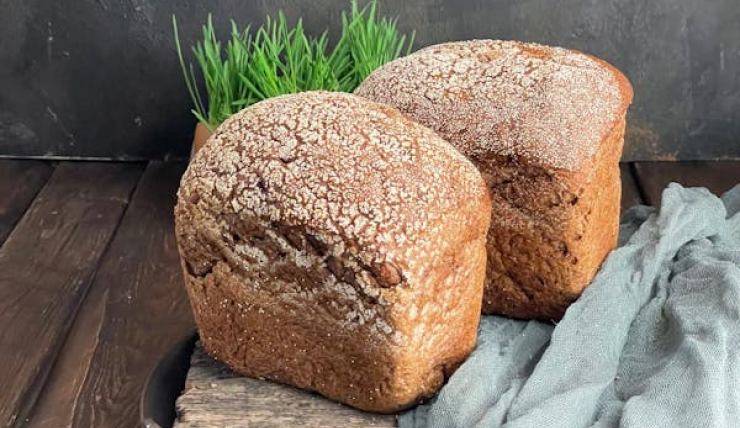
(basketball sizes for adults)
FAQS on basketball sizes for adults
Q: What is the standard basketball size for adult males?
A: The official size for adult males is Size 7, with a circumference of 29.5" (75 cm) and a weight of 22 oz (623 grams). It’s used in professional leagues like the NBA and NCAA.
Q: How do different basketball sizes vary for adults?
A: Basketball sizes differ by circumference, weight, and intended use. Size 7 is for adult males, Size 6 for adult females, and smaller sizes (3-5) are for youth players.
Q: Why is Size 7 the standard basketball size for men?
A: Size 7 balances grip and performance for adult male hand sizes. It’s mandated for competitive play to ensure uniformity in professional and amateur leagues.
Q: What basketball size is recommended for adult women?
A: Adult women typically use Size 6, which has a 28.5" (72 cm) circumference and weighs 20 oz (567 grams). It’s also suitable for younger male players aged 12-14.
Q: Are soccer ball sizes similar to basketball sizes for adults?
A: No, soccer balls use a separate sizing system (Size 5 for adults). Basketball sizes focus on circumference, while soccer balls prioritize diameter and pressure.




